邮箱:amanda@sixf.com.cn 电话: 400-6597-130
What pests occur in vegetables in autumn? How to control it?
2025-04-15 14:14
Autumn is approaching, and the temperature is suitable. It is during the vigorous growth stage of vegetables and the peak period of pest occurrence. According to investigations conducted by frontline personnels at SixF in multiple places, pests such as diamondback moths and cabbage worms in the fields have caused significant damage!
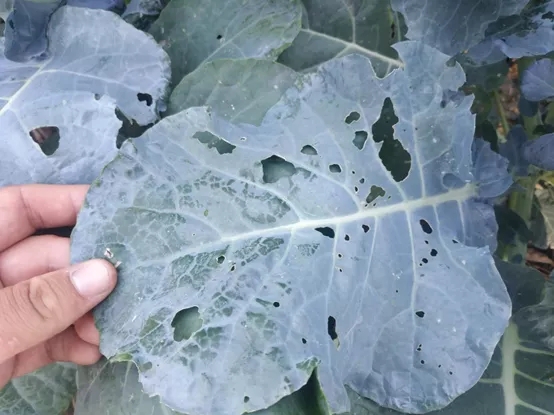
The diamondback moth has a suitable temperature when the average temperature is 22 degrees. The eggs are easy to survive. There is a characteristic of egg laying. The eggs are mostly laid in the depressions between the veins on the back of the leaves. The diamondback moth is generally not seen on the front of the leaves. The larvae are also very active. If disturbed, they will twist, retreat or roll to the ground.
Diamondback moth, damage characteristics: the first instar larvae only feed on the leaf flesh, leaving the epidermis, forming transparent spots on the leaves. The 3rd to 4th instar larvae can eat holes and notches in the leaves, and in severe cases the entire leaf is eaten into a net-like shape. In the seedling stage, the damage is often concentrated on the heart leaves, affecting the heart.
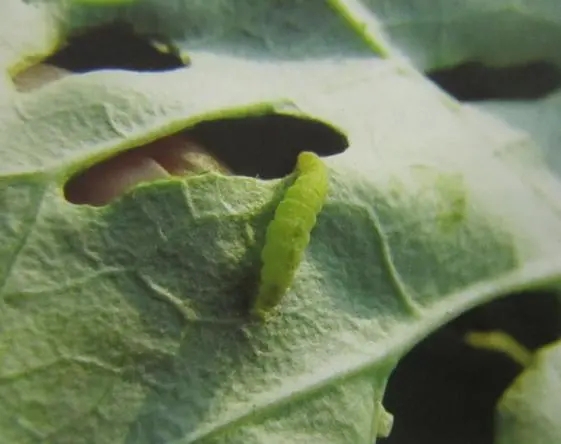
Cabbage looper belongs to the order Lepidoptera, family Pieridae. Harmful features: 1-2 instar larvae eat the flesh on the back of leaves, leaving a thin and transparent epidermis. Larvae above the 3rd instar eat significantly more, eating holes or notches in the leaves. In severe cases, the leaves are eaten up, leaving only veins and petioles, affecting the growth and development of the plant and the heart. If the larvae are wrapped in a ball, the insects feed in the leaf ball and excrete feces to contaminate the heart of the cabbage, reducing the commercial value of the cabbage. The pesticides used should be sprayed in advance for prevention.
The population of cabbage looper varies greatly with the seasons, and generally occurs from mid-to-late April to early October, but the damage is most serious in May-June and August-September, so prevention and control should be focused on around autumn.
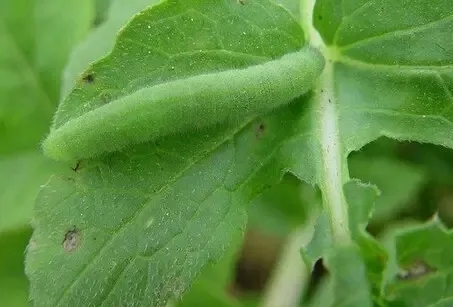
Prevention and treatment methods:
(1) As Plutella xylostella has a strong tendency to feed on sweet and sour liquid with a high sugar content, black light or sweet and sour honey can be used to lure and kill the adult moths.
(2) Drug control: The following pesticides can be used to control the above two types of insects: Dingsi®, Jiujing®, Chongdan®, etc.
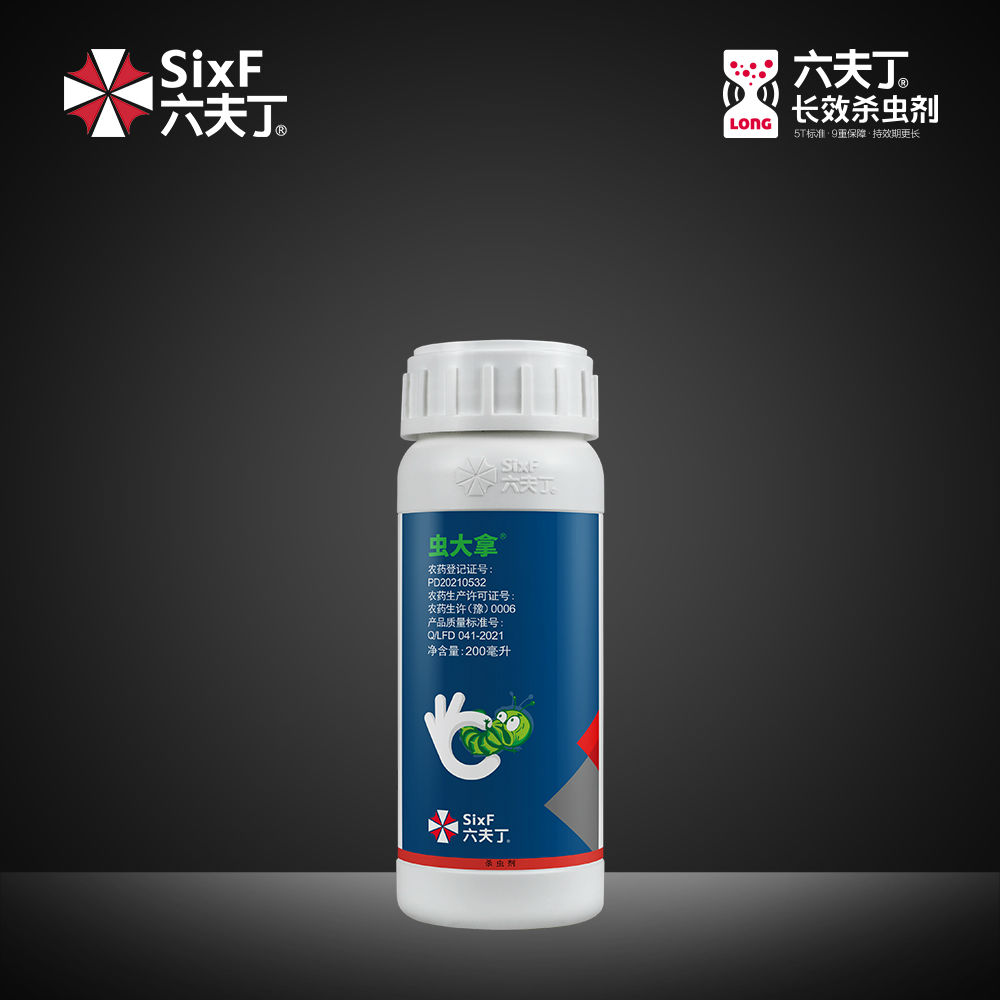
Prevention and treatment cases
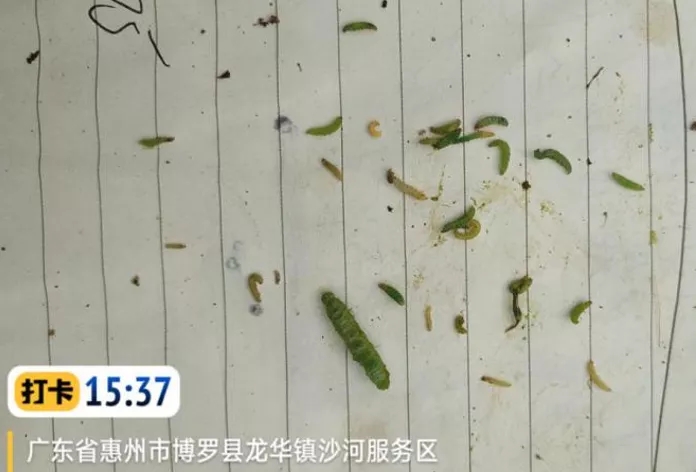
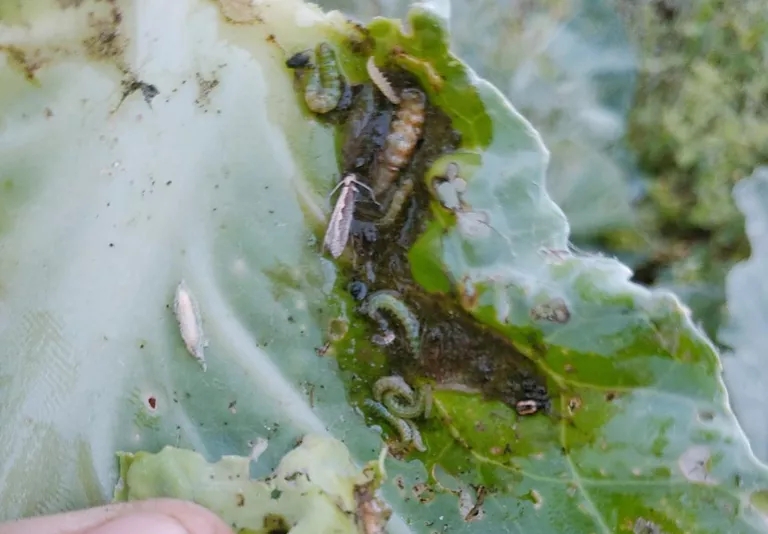
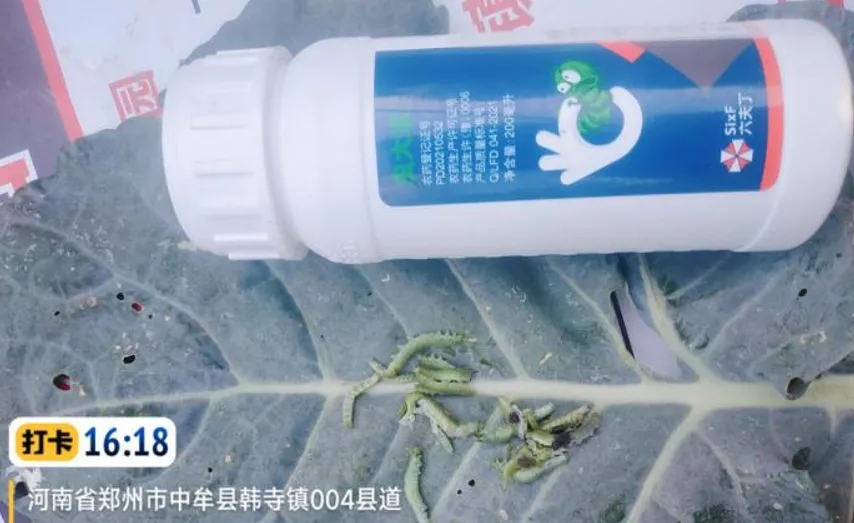
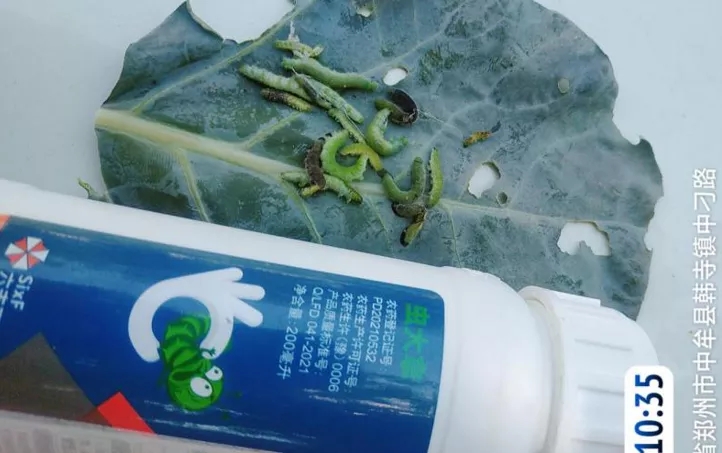
Tips:
1. Spray the pesticide on the top and bottom of the crops and on the front and back of the leaves to prevent any omissions.
2. Avoid noon time for prevention and control, spray the pesticide after 3-4 pm, and use the pesticide early.
Copyright © 2020-2021 SixF Crop Protection Co., Ltd. All rights reserved Powered by SIXF